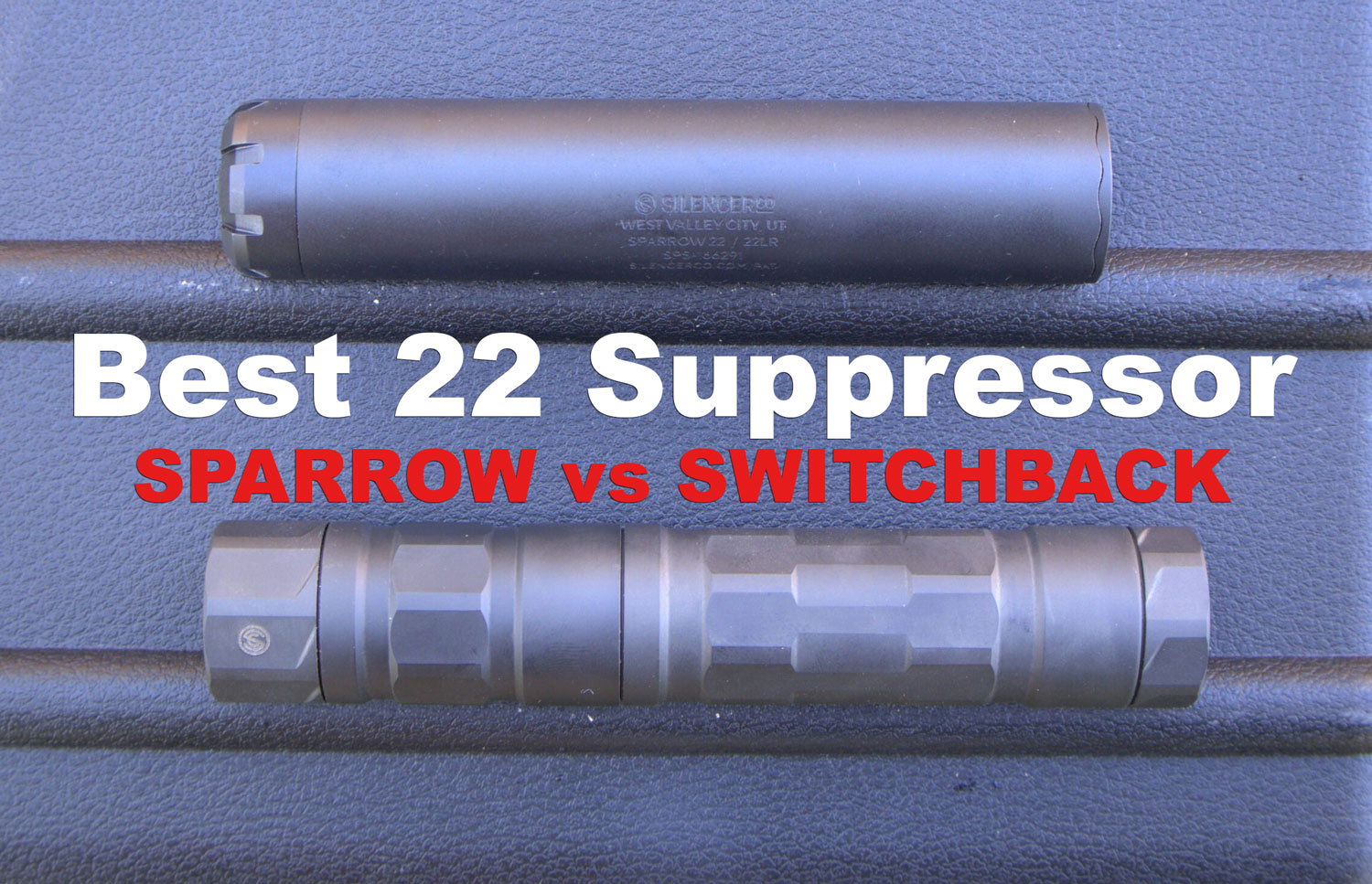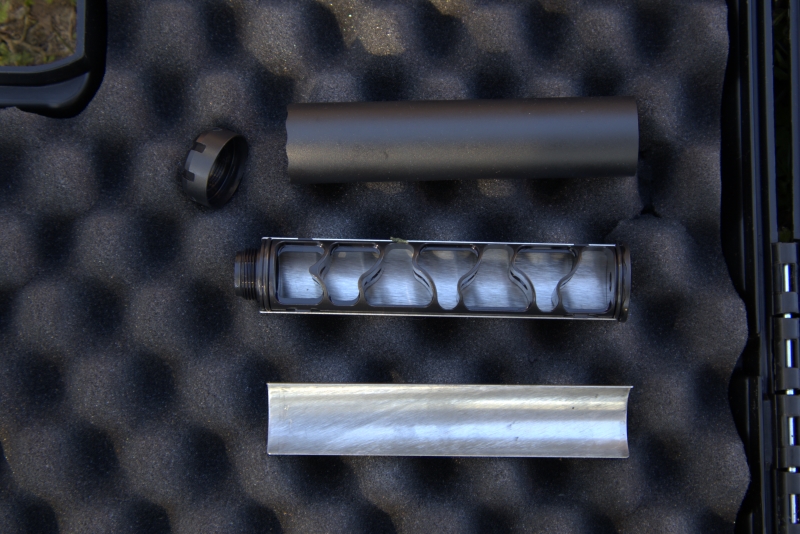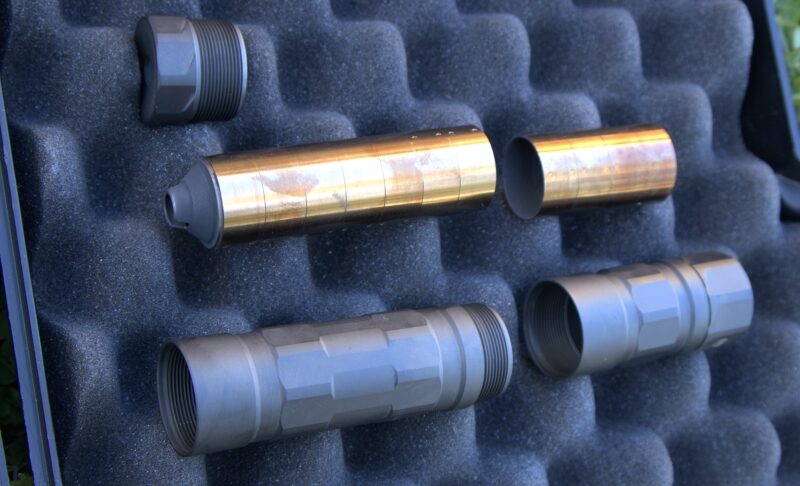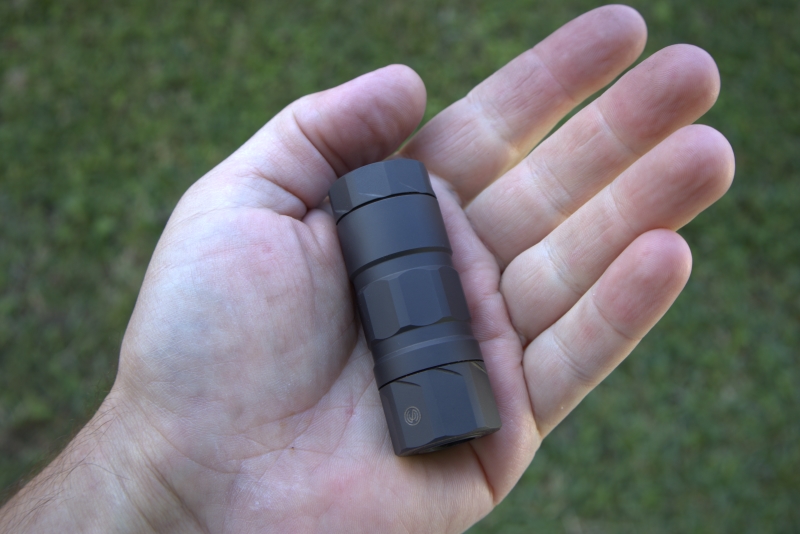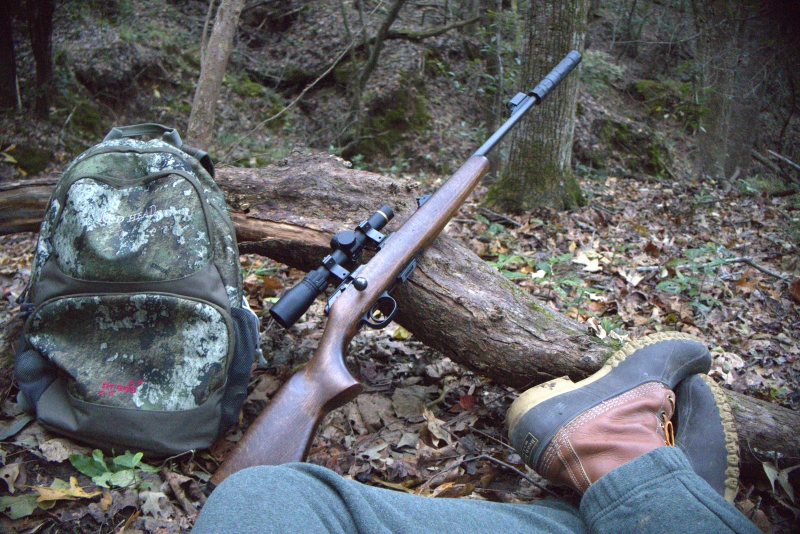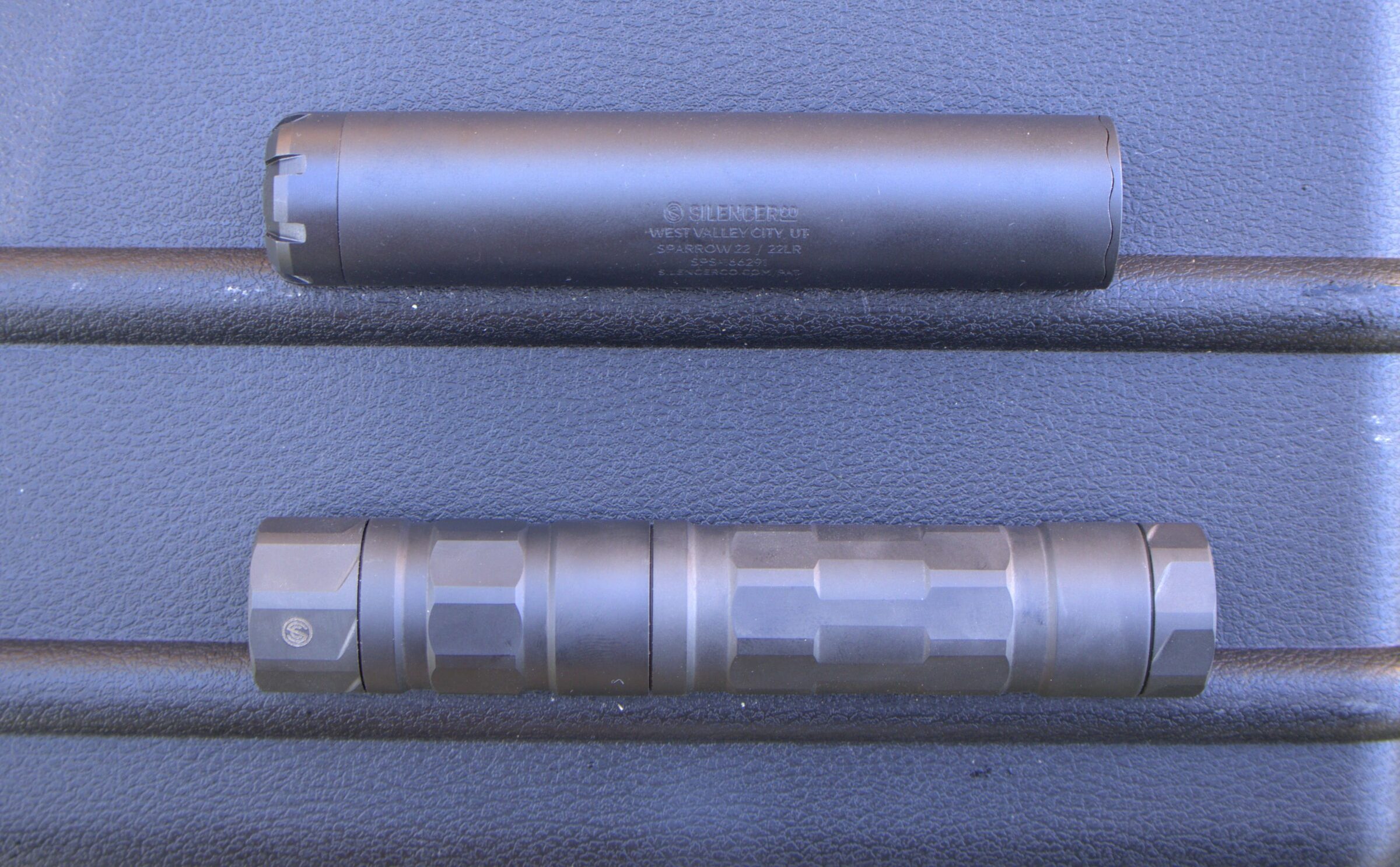There has never been a better time to get into the suppressor market. In the first six months of 2024, Americans purchased 1.4 million suppressors. Many firearms manufacturers are beginning to design and build their platforms with suppressor adaptability in mind. In this article, I experiment with the two leading .22 suppressors from SilencerCo – The Sparrow .22 and Switchback .22.
.22 rimfire suppressors are an excellent entry point due to their affordability and exceptional noise reduction capabilities. If you didn’t know, suppressing rimfire guns will get you remarkably close to “Hollywood quiet.” I went with the two most popular options – the SilencerCo Sparrow 22 (MSRP: $349) and the SilencerCo Switchback 22 (MSRP: $539). Both models are part of SilencerCo’s rimfire suppressor lineup, with the Sparrow being among the most popular of its type. Let’s explore the features, benefits, and drawbacks of the Sparrow and Switchback.
SilencerCo Sparrow 22: The Original Rimfire Suppressor
Most folks have .22 LR in mind when seeking out a rimfire suppressor. The round doesn’t produce much sound, muzzle flash or pressure, even with supersonic loads. The SilencerCo Sparrow 22 is a rimfire suppressor that takes no chances. SilencerCo built the first all-stainless steel Sparrow 22 suppressor in 2008 – The original rimfire suppressor. It is a popular suppressor capable of quieting rounds like the .22 LR, .22 Magnum and .17 HMR. It is also rated for some centerfire rounds like 5.7×28, .17 WSM, and .22 Hornet. For smaller caliber varmint rifles and 5.7 carbines and pistols, the Sparrow is worth a look.
The Sparrow 22 consists of a stainless steel tube and a single end cap – with the monolithic baffle core cradled between two halved steel tubes. The half tube seals against a pair of rubber O-rings at the rear and the front of the suppressor and come off with ease. The baffle core is one solid piece with seven irregularly shaped baffles.
SilencerCo Switchback 22: Most modular .22 Suppressor?
For their 10 year anniversary, SilencerCo released the Switchback 22 – getting its name from the three length options and four possible separate configurations you can switch between. Unlike the Sparrow, the Switchback has a solid outer tube with one end cap for the baffle system. You can thread the multi-piece titanium tube together into a full-sized suppressor, giving you an option on preferred length. The tube consists of a back cap, a front cap, a long outer tube, a shorter outer tube, and a coupler baffle that mates the two halves together.
The baffles themselves are stainless steel in construction and resemble the afterburner of a jet engine. These baffles are small and stackable, sitting one on top of another. Their shape has a greater volume for gas pressure, further delaying sound over straight baffles. You can tailor the stackable design to your platform by simply shortening the threaded outer tube, creating a short, medium, or full-sized suppressor.
In its shortest form, the Switchback is ideal for pocket pistols.The modular design is also handy for rifles, allowing you to save additional weight when needed. But the longer the suppressor gets, the better the results are whether you are using a rifle or handgun.” At its full size, the Switchback works well for any pistol or rimfire rifle. In this configuration, you can reverse the baffles to better slow down gas pressure, making it even quieter with supersonic loads. In short, medium and long formats, the small ends of the baffles face the muzzle, but in rifle-optimized form, the second half of the baffle assembly faces outward.
